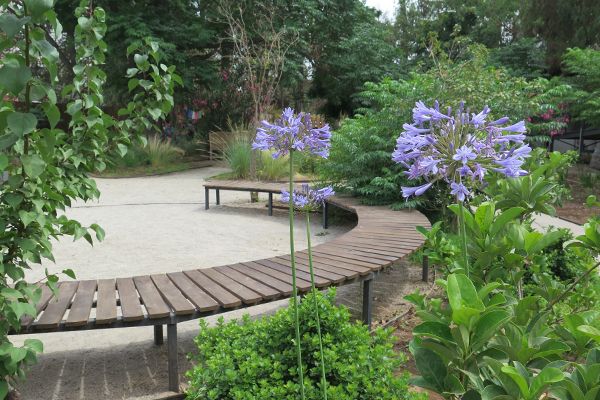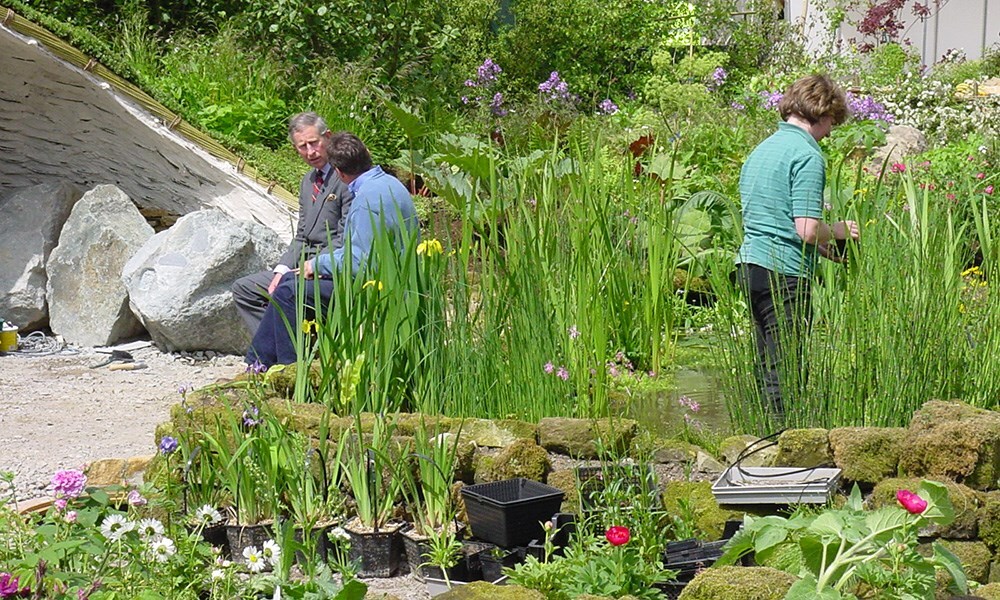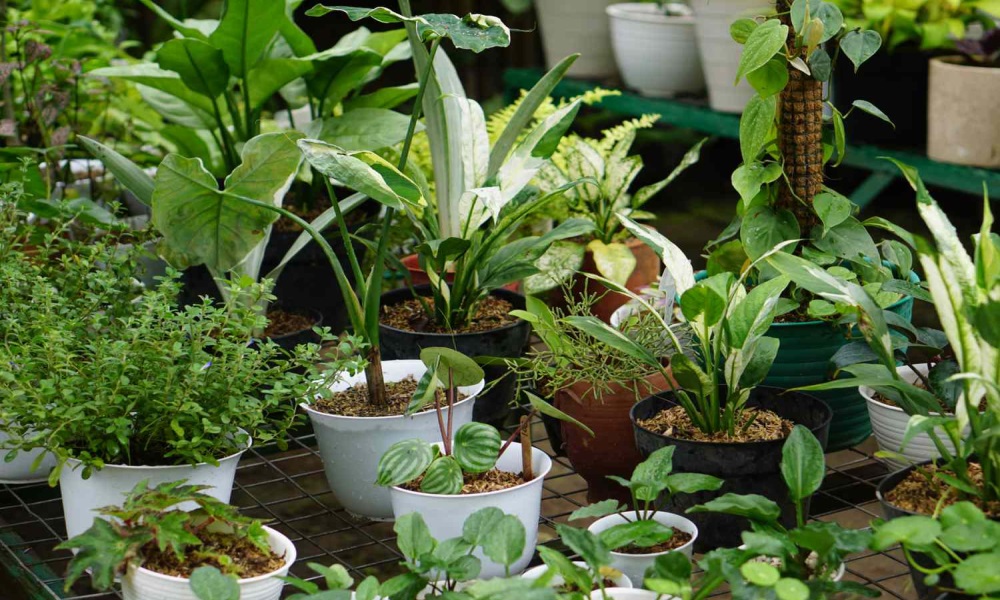Healing gardens have gained popularity in recent years as people seek out natural spaces to promote wellness and relaxation. These specially designed gardens are created with the intention of providing physical, mental, and emotional healing for individuals. By incorporating various elements such as plants, water features, and seating areas, healing gardens offer a serene and therapeutic environment that can have a positive impact on overall well-being.
The Benefits of Healing Gardens
Healing gardens offer a range of benefits for individuals seeking solace and relaxation. Here are some of the advantages of spending time in these nurturing spaces:
- Stress reduction: Nature has a calming effect on the mind and body. Spending time in a healing garden can help reduce stress levels and promote a sense of tranquility.
- Physical healing: Research has shown that exposure to nature can enhance the healing process. Healing gardens provide an opportunity for patients to connect with nature, which can aid in their recovery.
- Mental clarity and focus: The peaceful environment of a healing garden can help clear the mind and improve concentration. It can be a great place for meditation or simply finding a moment of respite from daily worries.
- Improved mood and well-being: Being surrounded by natural beauty can boost mood and overall sense of well-being. Healing gardens offer a visually pleasing setting that can uplift spirits and enhance emotional resilience.
- Connection with nature: In today’s fast-paced world, people often feel disconnected from the natural environment. Healing gardens provide an opportunity to reconnect with nature and experience its calming and healing effects.
Designing a Healing Garden

Creating a healing garden requires careful planning and consideration of various elements. Here are some key aspects to consider when designing a healing garden:
- Plant selection: Incorporate a variety of plants, including flowers, herbs, and trees, to create a diverse and visually appealing space. Choose plants with different colors, textures, and scents to stimulate the senses.
- Water features: The sound of flowing water can have a calming effect. Consider incorporating a water fountain, pond, or waterfall into the garden design to create a soothing ambiance.
- Seating areas: Provide comfortable seating options such as benches, chairs, or hammocks to encourage relaxation and contemplation. Ensure the seating areas are strategically placed to take advantage of the garden’s best views and features.
- Pathways and walkways: Design well-defined pathways that meander through the garden, allowing visitors to explore and discover different areas. Use natural materials such as gravel or stone to create a harmonious blend with the surroundings.
- Sensory elements: Incorporate elements that engage the senses, such as wind chimes, wind sculptures, or aromatic plants. These elements can enhance the overall sensory experience and promote relaxation.
Overall, healing gardens offer a sanctuary for individuals seeking respite from the demands of daily life. By carefully considering the design elements and incorporating nature’s healing qualities, these spaces can provide a haven for wellness and relaxation. Whether it’s for patients recovering from illness, individuals seeking stress relief, or anyone in need of a rejuvenating escape, healing gardens have the potential to positively impact one’s physical, mental, and emotional well-being.




